But almost simultaneously with the emergence of mosses, genera like Selaginella came into their own. Selaginella plants sent their spores flying into the air, perhaps the first instance of a flying plant, or at least part of one. A modern-day example of Selaginella is the common ground pine of northeastern woodlands. Before the flash bulb was invented, the copious spores of ground pine were ignited to produce a burst of light for old time photographers, a great example of plants in the service of art.
The ability to travel by air must have provided a profound selective advantage for plants that could do it. Spores, pollen, and later seeds could disperse in every direction, landing in new habitats and colonizing them.
Some plants, for example grasses, reproduce exclusively through the agency of wind. A month on the Canadian prairie showed me how well grasses were suited to a windy environment.
I imagine that wind pollination had some drawbacks though. For example, since dispersal is random it means that the plant has to produce many more seeds or pollen grains than will survive. My guess is that the benefits far outweigh the drawbacks. The plasticity of plants, whether we think of it in terms of their ability to fly or their ability to evolve into new habitats, is one of the most amazing things I can imagine.

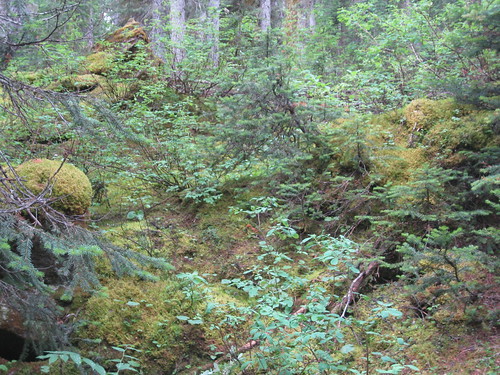
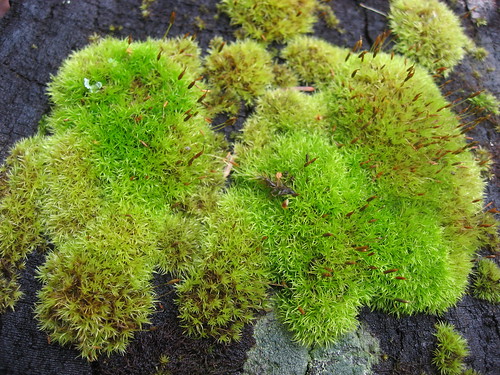
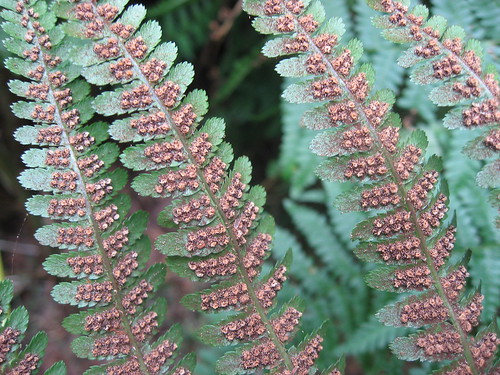
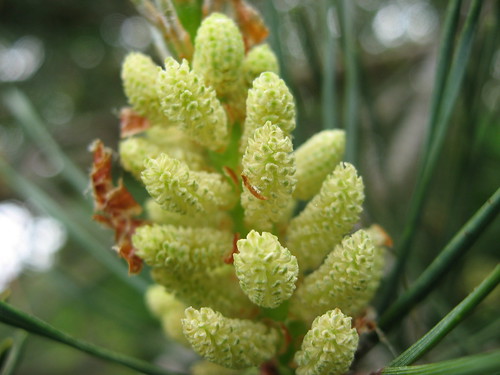
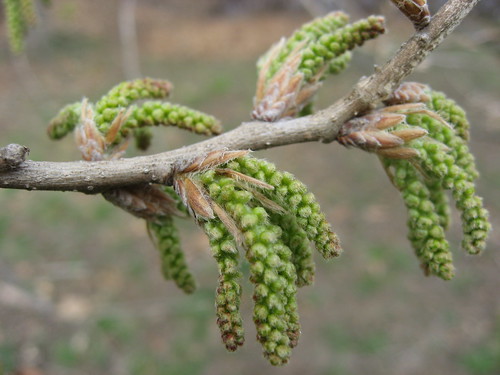
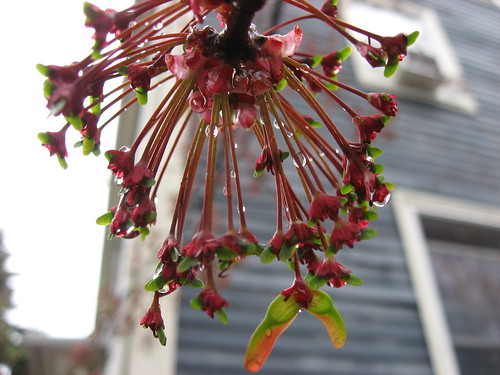
No comments:
Post a Comment